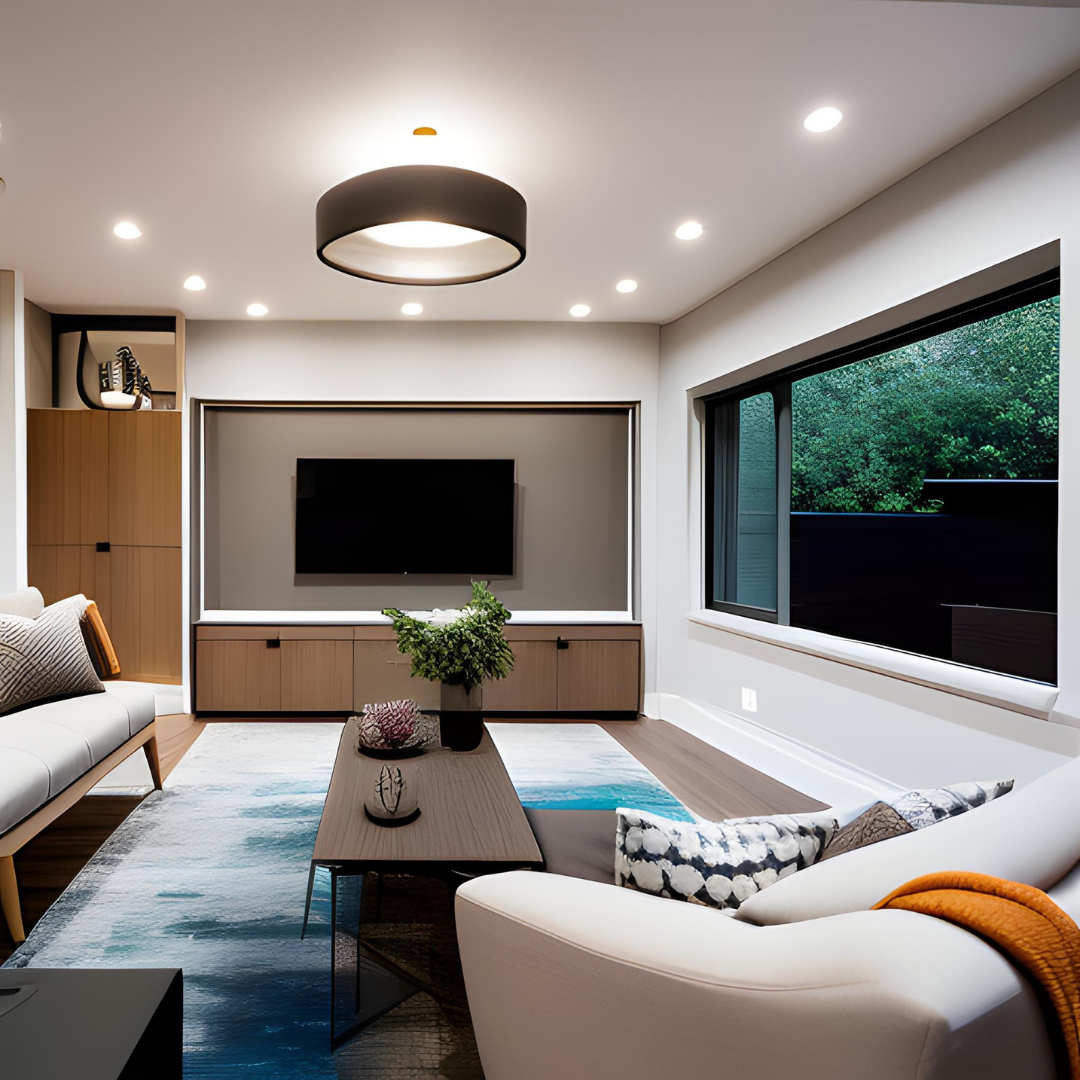
Join our FREE Webinar here for a Guide to New Home Construction: bit.ly/newhomeconstructionfreewebinar
Book a Meeting Here: bit.ly/zoom-book-a-meeting
Architectural design is a captivating dance between creativity and practicality, where the fusion of form and function takes center stage. In this article, we delve into the world of architectural aesthetics, exploring how transformative construction experts master the intricate art of achieving harmony between visual allure and utilitarian purpose. Join us on a journey through the key principles, inspiring projects, and insightful strategies that define the remarkable discipline of balancing aesthetics in architectural design.
The Fusion of Form and Function: Balancing Aesthetics in Architectural Design
Architectural design is a remarkable endeavor that goes beyond merely constructing structures; it is about creating experiences and shaping environments that resonate with both occupants and onlookers. Transformative construction experts are adept at weaving the magic of aesthetics and functionality together, transcending conventional boundaries to bring visionary concepts to life.
The Essence of Architectural Aesthetics
Architectural aesthetics encompass the visual, emotional, and psychological impact of a design. It involves understanding how elements like lines, shapes, textures, and colors interact to evoke feelings and impressions. Balancing aesthetics is not about mere ornamentation; it's about curating spaces that tell stories, evoke emotions, and enhance the human experience.
The Pragmatics of Functionality
While aesthetics capture the heart, functionality caters to the mind. A design must serve a purpose, providing comfort, efficiency, and usability. Transformative construction experts meticulously analyze spatial requirements, user needs, and environmental factors to ensure that every element of a design serves a meaningful function.
Unveiling the Transformative Approach
The transformative approach to architectural design embodies innovation and pushing boundaries. It involves reimagining traditional concepts and experimenting with novel materials, technologies, and spatial arrangements. This approach challenges architects to strike an intricate balance between the unconventional and the practical, resulting in groundbreaking designs that captivate and inspire.
Case Studies in Harmonious Design
The Floating Gardens Residence: Where Nature Meets Structure
In the heart of an urban landscape, the Floating Gardens Residence stands as a testament to the harmonious fusion of form and function. Transformative construction experts envisioned a structure that seamlessly integrates lush greenery with contemporary architecture. The result? A living masterpiece that blurs the lines between indoor and outdoor spaces.
The Skyward Spiral: Elevating Urban Living
A soaring testament to ingenuity, the Skyward Spiral redefines vertical living. This architectural marvel not only offers breathtaking panoramic views but also incorporates vertical gardens, solar panels, and rainwater harvesting systems. This fusion of sustainable technology and aesthetic grandeur showcases the brilliance of transformative design.

Join our FREE Webinar here for a Guide to New Home Construction: bit.ly/newhomeconstructionfreewebinar
Book a Meeting Here: bit.ly/zoom-book-a-meeting
Strategies for Achieving Balance
1. Contextual Synergy
Integrating a structure with its surroundings is pivotal. The transformative approach involves studying the environment, culture, and history of a site to create designs that resonate harmoniously.
2. Material Innovation
Materials are the palette of architects. Transformative construction experts experiment with innovative materials, harnessing their potential to enhance both aesthetics and functionality.
3. User-Centric Design
A design is only successful if it serves its occupants. By prioritizing user needs and behavior, transformative architects ensure that their creations elevate the human experience.
4. Fluid Spaces
Static spaces are a thing of the past. Modern designs focus on fluidity, blurring the lines between rooms and creating versatile spaces that adapt to changing needs.
5. Technological Integration
Technology is seamlessly integrated to enhance both aesthetics and functionality. From smart facades that adjust to sunlight to energy-efficient lighting systems, technology is a transformative tool.
6. Sustainability and Green Design
Transformative architects are at the forefront of sustainable design. They integrate green technologies, passive heating and cooling strategies, and sustainable materials to minimize environmental impact.
FAQs
Q: How do transformative construction experts balance aesthetics and functionality?
A: Transformative experts achieve this balance by deeply understanding the principles of design, studying user needs, and embracing innovation in materials and technologies.
Q: What role does technology play in transformative architectural design?
A: Technology is pivotal. It enables architects to create interactive facades, energy-efficient systems, and smart spaces that adapt to occupants' requirements.
Q: Can architectural designs be both visually stunning and environmentally friendly?
A: Absolutely. Transformative architects prioritize sustainable design by integrating green technologies, efficient materials, and eco-conscious strategies.
Q: What makes a design user-centric?
A: User-centric design revolves around understanding how occupants will interact with a space. This involves considering their needs, behaviors, and preferences.
Q: How do transformative architects push the boundaries of conventional design?
A: Transformative architects challenge norms by embracing innovation, experimenting with unconventional materials, and reimagining spatial arrangements.
Q: Is the transformative approach suitable for all types of architectural projects?
A: While the transformative approach is versatile, it may be most impactful for projects that aim to create unique, boundary-pushing designs.
Conclusion
The fusion of form and function in architectural design is an art that demands expertise, innovation, and a deep understanding of human experience. Transformative construction experts stand as pioneers in this realm, consistently redefining the boundaries of what's possible. As we marvel at their creations, we're reminded that architecture has the power to reshape our world in ways that captivate the senses and elevate our spirits.
Join our FREE Webinar here for a Guide to New Home Construction: bit.ly/newhomeconstructionfreewebinar
Book a Meeting Here: bit.ly/zoom-book-a-meeting